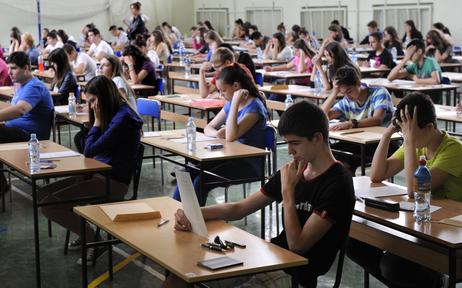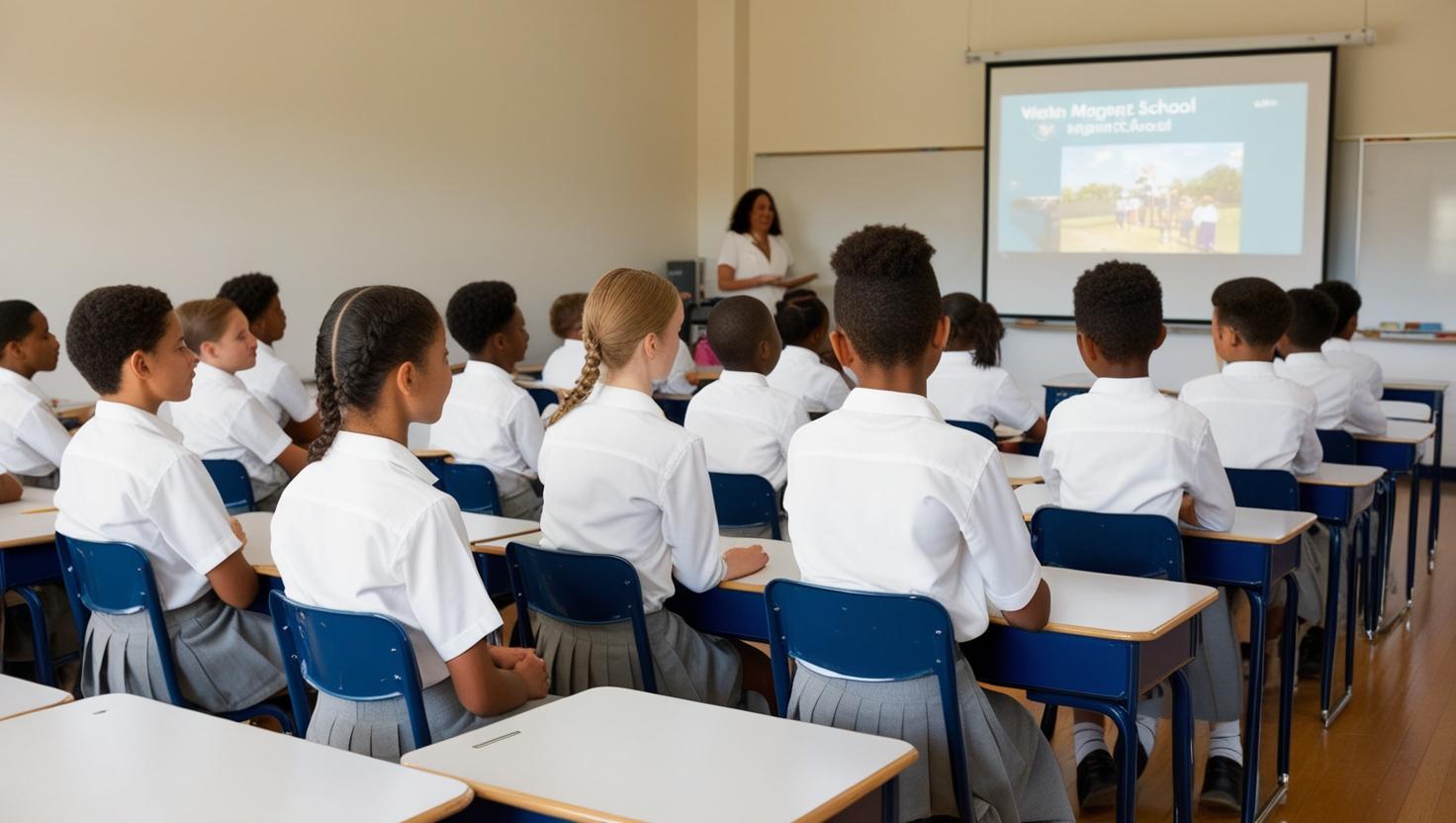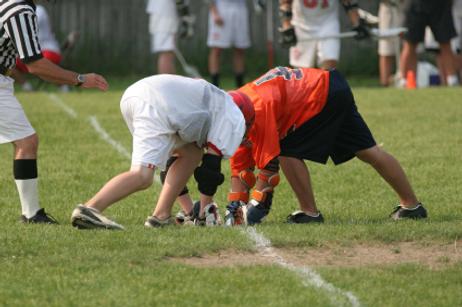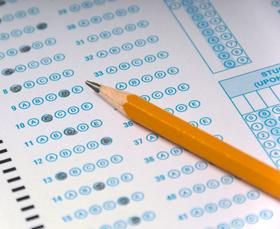If you listen to what just about any politician has to say about America’s schools, you’ll hear the word “failing” quite a bit. The fact is that education is a hot topic and it is one that can be used to inspire people to vote. But how much can you actually trust what a politician has to say about the American public education system? How are the public schools in America actually doing?
In 2017, Jack Schneider released a book called Beyond Test Scores in which he suggests that it is well past time to start rethinking the way we measure school performance.
Schneider writes that while test scores are the go-to metric used to evaluate a school’s performance, they don’t really paint an accurate picture. Using Somerville, Massachusetts, a highly diverse urban school district, as a case study, Schneider presents a new framework to assess the effectiveness of the American education system. Read on to learn more about Schneider’s approach and to see data on how American public schools are really doing.
This video from CNBC explains why our public education system is failing us.
Changes to the U.S. News Ranking System
Each year, U.S. News publishes a list of the Best High Schools in America. For the 2018 school year, U.S. News ranked over 2,700 schools – some of the names topping the list were BASIS Scottsdale (AZ), Meridian




















